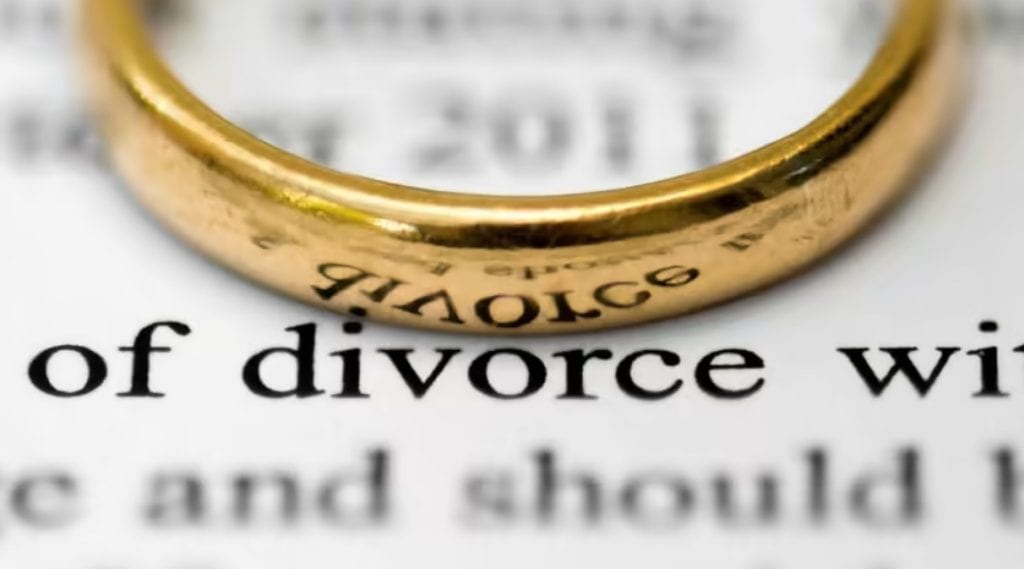
A surge in “DIY” divorces is putting women at greater risk of being worse off in retirement, according to legal experts.
In 2018, it became possible for couples who wish to split to prepare and submit their own legal divorce paperwork without hiring a lawyer to represent them.
This process was said to be best suited to relationships where finances were straightforward, with the DIY option enabling the divorce or dissolution to be relatively quick and cheap.
But since the development of DIY divorces there has been a drop in “pension sharing orders” or court-ordered carve-ups of pension assets, which are aimed at securing a fair settlement for both parties.
According to Ministry of Justice figures, applications for pension sharing orders fell by 35 per cent in the four years to 2021 to about 23,600, in spite of a 1.6 per cent increase in divorces between 2017 and 2020.
Lawyers said the trend was a “concern” for women, who typically reach retirement with far less saved than men.
“Pensions are a marital resource that is available to be divided at divorce just in the same way as the family home or investments are split,” said Matthew Taylor, partner at Stowe Family Law.
“However, the statistics show that women who have divorced at pension age have less than average pension capital than women who have not divorced. So there is a real risk that female divorcees will be left worse off in retirement if they have not fully considered their pension position.”
Pension sharing orders involve the spouse with a lower value of pension savings taking a percentage of their ex-spouse’s retirement funds.
Another option for dealing with retirement funds on divorce is “pension offsetting” where one spouse might be allocated an asset of similar value to the pension, such as the family home.
“Pension offsetting can be the best thing to do for some families, and typically might mean a wife gets to keep the family home while the former husband keeps his pension,” said Taylor.
However, Taylor says there are potentially problems with this pension offsetting for the unwary.
“For example, the initial figure for the value of a pension at divorce might not reflect the true value of that retirement income, particularly for public sector schemes which pay an inflation-proofed income for life. A £100,000 pension is more often than not far more valuable than £100,000 of a house’s value,” he said.
There is no official measure of the gender pension gap — the difference in pension income between male and female pensioners — but trade union Prospect estimated it to be about 37.9 per cent in 2019-20, with the difference largely due to gender pay differences and women taking career breaks.
Moneyhelper, the government’s free debt guidance and advice service, said if planning a DIY divorce, it makes sense to have any proposed asset split checked by a professional, to ensure the split was fair, particularly regarding pension assets.
“Negotiating your own financial agreement with or without professional support, can seem the cheapest and easiest way to a settlement,” said Moneyhelper. “But it can be complex and there are many things you and your husband, wife or partner will need to consider.
“It might be helpful to have at least one safety check meeting with a specialist family lawyer. This will help you understand your rights and the full implications of any agreements and decisions you make. It will also make sure that any agreement is legally binding.”
























